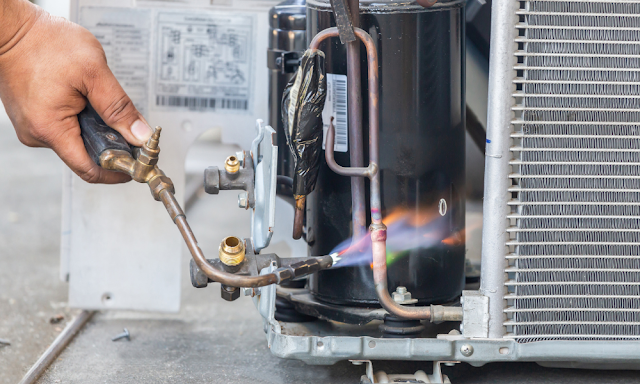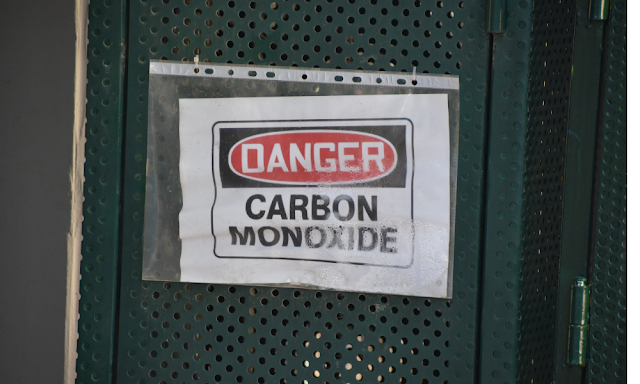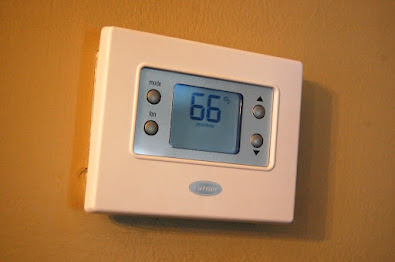Benefits Of Furnace Maintenance & Tune-Up
A furnace is a large and expensive appliance that keeps your home or office warm. Furnace maintenance can save you money on heating costs, increase the life of your furnace, and keep your home or office clean. Furnace tune-ups are also a good way to maintain your furnace and keep running smoothly.
 |
| Furnace Maintenance & Tune-Up |
There are many benefits of regular furnace maintenance. The first advantage is that it will help to save money. This is because a well-maintained furnace can usually operate with less fuel than one that isn't well-maintained. It also can help your furnace to last longer. Some furnaces are supposed to last between 10 to 15 years.
Benefits Of Furnace Maintenance
Furnaces are heating systems designed to provide warmth throughout the home. Heating systems make use of fuel to create heat and warm objects, including homes. Furnaces have been around for many years and have improved over time, making them more effective and reliable than ever before. A furnace is essentially a boiler system that provides heat via combustion.
 |
| Benefits Of Furnace Maintenance |
There are two types of furnaces: forced air (or ducted) and radiant. Forced-air furnaces circulate hot air through ductwork. Radiant heating uses infrared radiation, which heats your home without using any type of ducting. Both methods require regular maintenance to ensure they operate efficiently.
Prevent Carbon Monoxide Build Up
Carbon monoxide (CO) is a colorless, odorless gas that comes from incomplete combustion. CO is produced whenever fossil fuels are burned. There are two types of CO; free and bound. Free CO is present in the atmosphere, while bound CO is contained inside molecules in coal and petroleum products. Both forms of CO are toxic and can be fatal. To prevent CO buildup, install a programmable thermostat. This type of thermostat turns the compressor on and off automatically based on the set temperatures.Keep Your Home Dry
The humidity level rises if your house gets wet from rain or snow. Moisture causes mildew and mold to thrive. Therefore, it is important to dry your house thoroughly after heavy rains. Start by opening windows and doors to allow fresh air circulation. Next, remove shoes and coats from entrances and leave umbrellas outside. Once this is done, turn on the fans and open the curtains to let sunlight in. After drying everything out, wipe down floors and furniture. Lastly, vacuum rugs and carpets.
Furnaces are a necessary evil in any home. While they serve their purpose well, they can also cause damage if not properly maintained. If you have ever had to replace a furnace before, then you know how expensive they can be. Many things need to be taken care of when maintaining a furnace, and these should be considered at least once per year.
Temperature Gauge
A thermometer can be placed near the thermostat to determine whether or not the air being circulated is hot enough for comfort. You should go outside and check the weather forecast to ensure the temperatures aren't going to drop below 40 degrees Fahrenheit anytime soon.
Blower Motor
 |
| Blower Motor |
A fan motor could be replaced if it hasn't been working for long, especially if you haven't heard it running. When replacing the motor, pay special attention to the belt. You'll need to get a new belt if it's loose or worn out. In addition, take note of whether or not the blower blades are turning. If they're not moving, you might need to change them. Also, consider checking the connections between the unit and the wall.
Mixture Control Valve
If you notice that the mixture control valve isn't working correctly, it may mean that the pilot light is faulty. Check to make sure the flame sensor is working properly and adjust accordingly.
Ventilation Fan Blades
Checking the ventilation fan blades can help you figure out what's wrong with the system. You'll need to replace the blades if they are broken or bent.
Cleaning the Filter
Clean filters regularly and periodically to help prevent clogs. Clogged filters can lead to problems with heating and cooling systems, causing further damage. To clean the filter, pour vinegar down the drain line and let it run until the water runs clear. Afterward, flush the drain line with warm water to remove any residue left behind.
Floor Heating System
This maintenance task is best done at least once per season. Turn off the power supply and disconnect the circuit breaker panel to ensure safety. Then, look under the floor for leaks or cracks. Use a flashlight to inspect the pipes underneath the floor. Clean up any debris or dirt that may be present.
In conclusion, furnace maintenance and tune-up can provide many benefits to homeowners. Keeping the furnace in good condition can help save energy and money while providing comfort and warmth.




Comments
Post a Comment